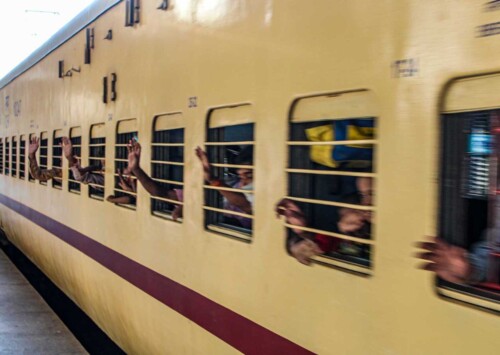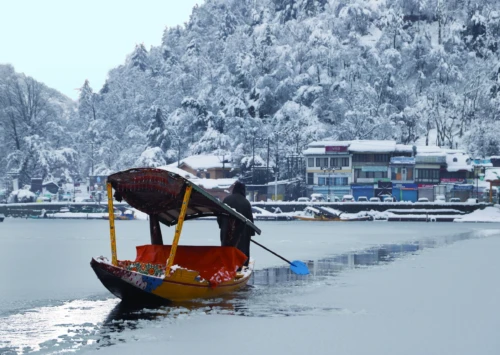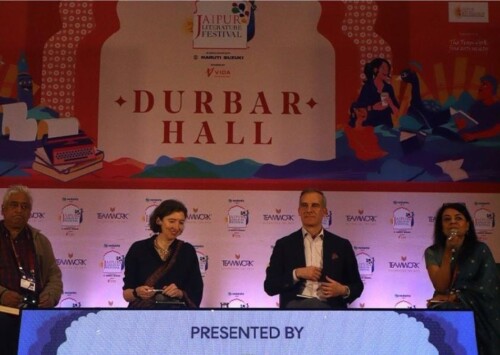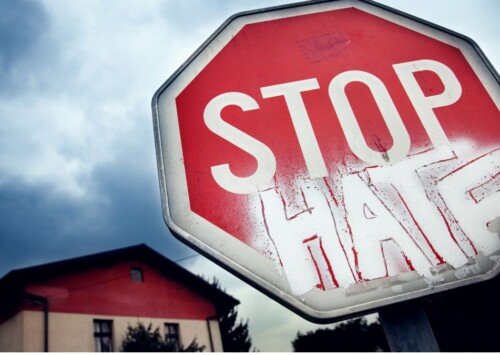With Karki at helm, Nepalese youth optimistic about future
Demands for election on schedule, relief for victims of police action

Daily life has stabilised somewhat in Nepal and is ready to host visitors from around the world (Photo: Nepal Tourism Board)
The installation of Sushila Karki as the interim Prime Minister, days after Krishna Prasad Oli was ousted as Prime Minister following youth-led protests in Nepal over corruption, Nepalese youth are optimistic about the future, but insist that elections must be held on schedule and compensation for the next-of-kin of those who were killed in police firing. Their demands also include transparency and structural reforms before the elections.

Daily life has stabilised somewhat in Nepal and is ready to host visitors from around the world (Photo: Nepal Tourism Board)
Almost as suddenly as they had begun, riots in Nepal have ended and peace reigns over Himalayan nation with the nomination of Sushila Karki as the interim Prime Minister and elections announced for march 2026. As a result, the immediate aftermath of youth-led protests has given way to cautious optimism, though questions over transparency and accountability persist.
The protests had begun on September 8 as a pushback against the government’s sudden ban of 26 social media platforms, widely viewed by Generation Z activists as an attempt to suppress dissent, notably protests over entrenched corruption.
In a matter of days, the movement escalated into a nationwide outcry against entrenched corruption, nepotism, economic hardships, and political stagnation. The violent turn left at least 51 people dead and more than 1,300 injured, highlighting both the intensity of anger among young Nepalis and the fragility of the political order.
The resignation of former Prime Minister Krishna Prasad Sharma Oli amid the violence created a political opening that was quickly filled by Karki, a respected jurist known for her probity and outspoken stance on corruption. Her elevation was welcomed both within and outside Nepal as many citizens saw her appointment as a direct outcome of the sacrifices made during the protests, while India and other neighbouring powers promptly recognised the interim government.
Though peace has returned, security remains tight in major cities including Kathmandu. Government buildings, supermarkets and police stations that were burned during the riots are still being repaired, and while daily life has stabilised somewhat, the underlying demand for accountability remains potent.
“The biggest change is our new Prime Minister. She has a clean past and had always been vocal against corruption. Our biggest reason for these protests was corruption. Now that the new prime minister is elected, we want to see transparency,” Fayaz Huda, a journalist in Kathmandu, tells Media India Group.
“Recently a few ministers were also appointed. We want to know on what basis these ministers were selected since there has not been much transparency regarding this. Our short-term demands are justice for those who lost their lives, anti-corruption, and transparent elections. Our long-term demands are structural change, federal strengthening, and future stability,” Huda adds.
So far, the interim administration has initiated some steps in response to public anger. Criminal cases have been filed against Oli for ordering police to open fire on protesters, while the families of the deceased have each been compensated with NPR 1 million.
As March 5, 2026 has been set as the date for fresh parliamentary elections, it gives the interim leadership less than six months to restore trust and demonstrate its commitment to fairness. The challenge is steep as corruption remains deeply embedded, youth unemployment still exceeds 22 pc, and more than 20 pc of citizens live below the poverty line. Each of these factors had fuelled the protests and continues to loom as a test for the new government. Ordinary citizens also remain cautious about their fate.
“The common people in the country were really suffering when their tax money was not utilised like it should have been. Development was slow or non-existent. Looking at the ministers’ children live their life in luxury while youths had to leave the country to feed their family was something that really triggered this movement,” Sneha Shah, a university student and social activist, in Kathmandu, tells Media India Group.
The violence underscored both the urgency for reform and the risks of delay. However, some say that most of the destruction of property was carried out by provocateurs unaffiliated with the youth movement. Nonetheless, the scale of mobilisation of protests revealed how deeply alienated young Nepalis felt from the political leadership of recent decades.
As Nepal walks cautiously on the road to March elections, the legacy of these protests looms large. The country’s Generation Z, once dismissed as disengaged, has proven itself a formidable political force. For now, the hope rests on whether their demands for justice, transparency, and structural reform will translate into lasting change.









